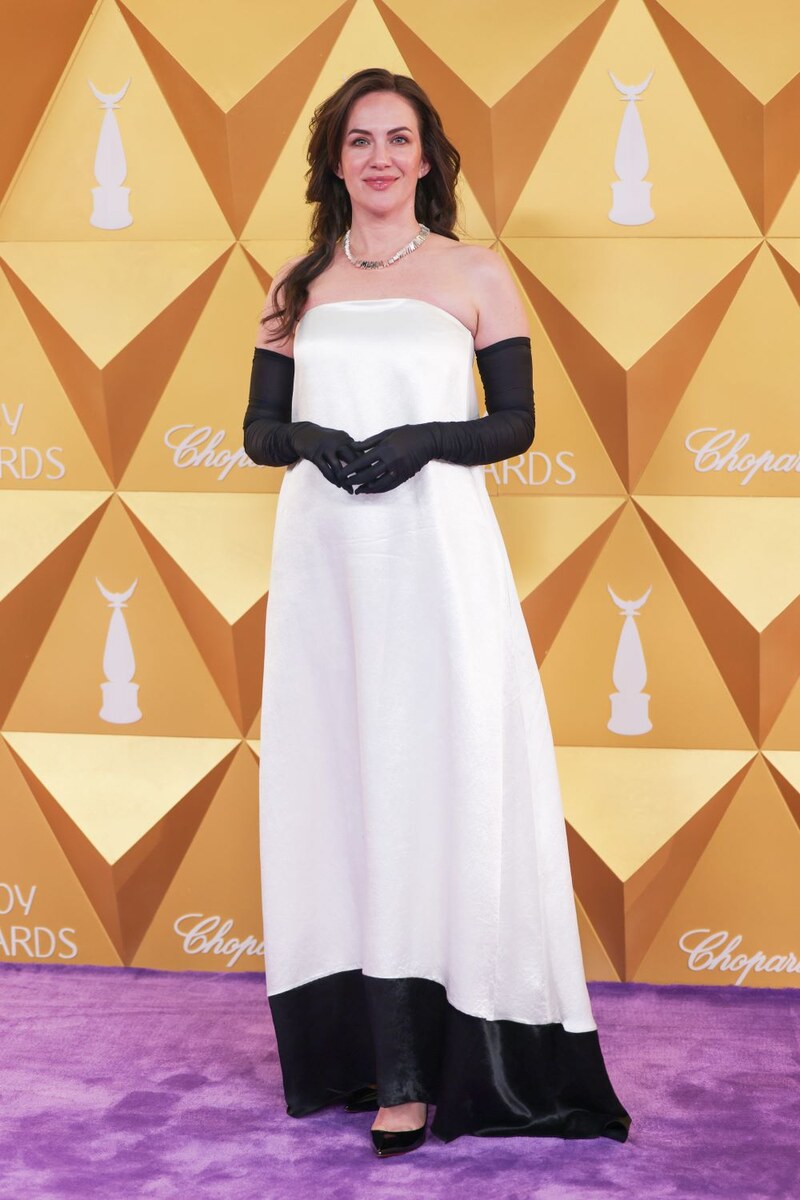Al-Khous

While palm trees are famed for providing dates, which play such a significant role in traditional Khaleeji hospitality, the plants themselves are equally important in Arabic heritage. The tree trunks and leaves were commonly used to create temporary or permanent accommodation, and Al-Khous — the weaving of palm fronds — is one of the oldest regional handicrafts. Bedouins would use the technique to create baskets, bowls, mats, tablecloths, brooms, and bags to be carried by their camels. The palm leaves are dried out in the sun, then cut (to ensure all thorns are removed) and soaked before being dyed, if required, and then sewn together. It’s a painstaking process, that requires great attention to detail and a steady hand.
Bisht

This traditional long cloak, traditionally made from wool, was originally worn by Bedouins in winter, but is now an important part of the regional wardrobe for special occasions including weddings, graduations, and Eid. These days, most bishts are machine-made, and a high-quality, hand-tailored bisht is seen as something of a status symbol, having become the formal wear for politicians and other high-ranking individuals in the Gulf and beyond.
Al-Ahsa, in Saudi Arabia’s Eastern Province is renowned for its bisht tailoring, and many of the products are known by the names of the families who have made them for generations, including the Al-Qattan, Al-Kharas, Al-Mahdi, and Al-Bagli. Each tailor has their own thread (zari) design.
Speaking to Arab News a few years ago, one Al-Ahsa tailor, Abu Salem, said: “Black bishts with gold stitching are the most popular. In the early Nineties, new colors were introduced to the bisht market. Blue, grey and maroon are mostly worn by the younger generation. The older generation sticks to the traditional black, brown and cream.
“Tailoring bishts is an art that requires accuracy and skill. The gold embroidery requires patience and takes many hours,” he continued. “Hand-making one of these bishts could take from 80 to 120 hours and four tailors, each with one specific task.”
Sadu weaving

This ancient tribal craft dates back centuries. Bedouin Sadu weavers would create tightly spun tent awnings, rugs and more in a variety of colored patterns for their tribes using dyed wool, hair or fur woven on a floor loom. These days, Sadu patterns are commonly seen on clothing and interior décor. Speaking to Arab News in 2021, Mohammed Khoja, founder of clothing brand Hindamme, said that Sadu and its range of patterns “reflects an element of storytelling because it says so much about the livelihoods of the early Arabs. It comes in many forms in various colors, so it’s incredibly inspiring. I knew that I wanted to reference it in my designs. I wanted to reflect its beauty in a more contemporary format.”
Dr. Delayel Al-Qahtani, director of the studies and research department at Atharna, a social enterprise dedicated to Arabian culture and handicrafts, told Arab News: “Al-Sadu is a craft that requires innovative skills and a lot of effort, as the weaver has to work hard to transform the raw material into something new. It is an intricate craft that requires precise hand movements. The final product is always a beautiful design.”
Henna tattooing

The practice of applying henna — a reddish-brown dye made from dried, powdered leaves of the henna tree — to the body was recently added to UNESCO’s Intangible Cultural Heritage List, thanks in large part to the efforts of Saudi Arabia’s Heritage Commission. Henna has been used to dye skin, hair and fingernails since for millennia, dating back at least to the time of the ancient Egyptians.
A report from the Saudi Press Agency at the time henna was added to the UNESCO list stated: “Henna has great cultural significance in Saudi Arabia, with the art mastered by women and passed down through generations. It represents ‘joy and optimism’ and is a social tradition that strengthens community bonds.”
Pottery

Midianite pottery dating back more than 1,500 years has been discovered in northwestern Saudi Arabia, and it’s clear that pottery has a long and distinguished history in the Gulf in general. Cooking pots, cups and utensils are among the most common items crafted by traditional potters, and clay pots, especially, play a vital role in the region’s culinary heritage. As a recent Saudi Press Agency report stated: “The slow and even distribution of heat enhances the dishes cooked in (them), such as madhbi and mandi.” Local authorities in Jazan and other regions have been organizing workshops and courses to encourage the younger generation to keep this tradition alive.
Sword and janbiya making

The crafting of weaponry is another centuries-old skill that is being preserved in various areas of the Kingdom. The Najran region, in particular, is famed for producing some of the most stunning ornamental swords and janbiya (short, curved daggers). What were once necessities for desert tribesmen are now generally for decoration only, but the artistry required to produce them remains the same and is a source of great pride in the Kingdom and the wider Arabian Gulf. The daggers are generally “made from iron, with handles of animal horn, often adorned with silver or gold,” according to a recent SPA report. Carvings on the hilts and sheaths are often used to depict the owner’s tribal background. The finest examples can cost thousands of dollars.

































